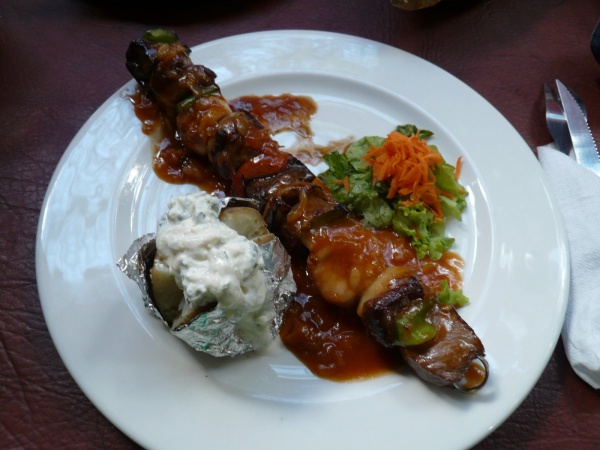Facts About Namibian cuisine
Namibian cuisine is a delightful fusion of two primary influences: the traditional culinary practices of indigenous groups such as the Himba, Herero, and San, and the recipes introduced during the colonial era by Germans, Afrikaners, and the British.
Prior to the colonial period, the diet of indigenous Namibians was rich in fruits, nuts, bulbs, and wild game. Approximately 2,000 years ago, the Khoisan people began domesticating cattle, which incorporated milk products and meat into their cuisine. However, colonial rule significantly restricted indigenous peoples' ability to farm and access their ancestral lands.
Today, Namibian cuisine features standout dishes such as Vetkoek, a type of fried dough bread, and Oshikundu, a traditional beverage. The influence of German settlers remains evident, particularly in dishes such as Wiener schnitzel. The German legacy also continues in the brewing industry; German-style beers like Tafel and Windhoek lagers are still produced in Namibia, enjoyed both locally and exported internationally.

 Angola
Angola